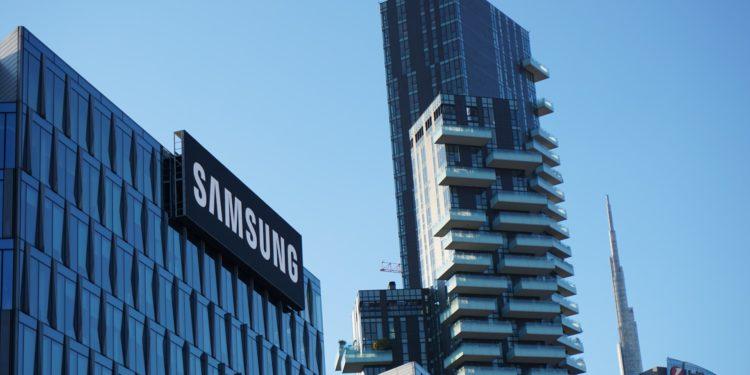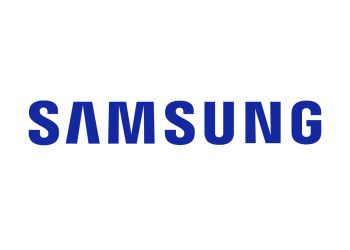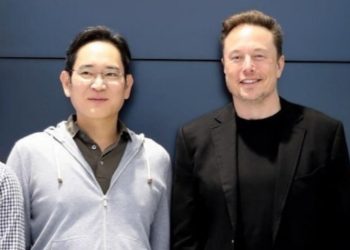Samsung Electronics, the global tech giant, has announced plans to develop a supercomputer based on memory chips. During the visit to the Korea Advanced Institute of Science and Technology, Kyung Kye-Hyun, CEO of Samsung’s device solutions division, shared Samsung’s 5-year plan.
Samsung will particularly emphasize on building memory chip-led supercomputers by 2028. Supercomputers are capable of performing at the highest operational rates. The involvement of multiple processors enables them to do trillions of calculations within a second. The supercomputer architecture usually requires many central processing units (CPU) as well as graphical processing units (GPU).
Samsung’s approach to building supercomputers using memory chips is a relatively new concept. The company believes that supercomputers will be their key growth engine. They have already increased their research and development funding. In 2022, Samsung and its affiliated companies made a joint decision to invest $355 billion in the robot and supercomputer industries over the next 5 years
To support research and development, Samsung established a supercomputing center at the Samsung Advanced Institute of Technology (SAIT) in the same year. There is a shortage of supercomputer architectural experience in South Korea. Thus, research and development of Samsung’s supercomputers will take place in the United States.
Samsung getting ahead with GAA technology
Samsung expects to surpass Taiwan Semiconductor Manufacturing Company (TSMC), the biggest chip foundry in the world. It plans to assemble more advanced 4-nanometer process technology and 3-nanometer process technology by 2028.
The company’s use of Gate-All-Around (GAA) technology in its 3-nanometer chips has already received positive feedback from customers worldwide, with 30% better performance and 50% less power utilization than the FinFET process used by TSMC.
In addition to its aspirations in the supercomputer industry, Samsung believes that memory chips will play a crucial role in the development of AI servers, potentially outweighing NVIDIA GPUs in the future.
Nonetheless, the company is also dealing with geopolitical tensions. 40% of Samsung’s total NAND flash production comes from Xian City in China. The approval for Samsung’s Xian city-based plant is still pending.







